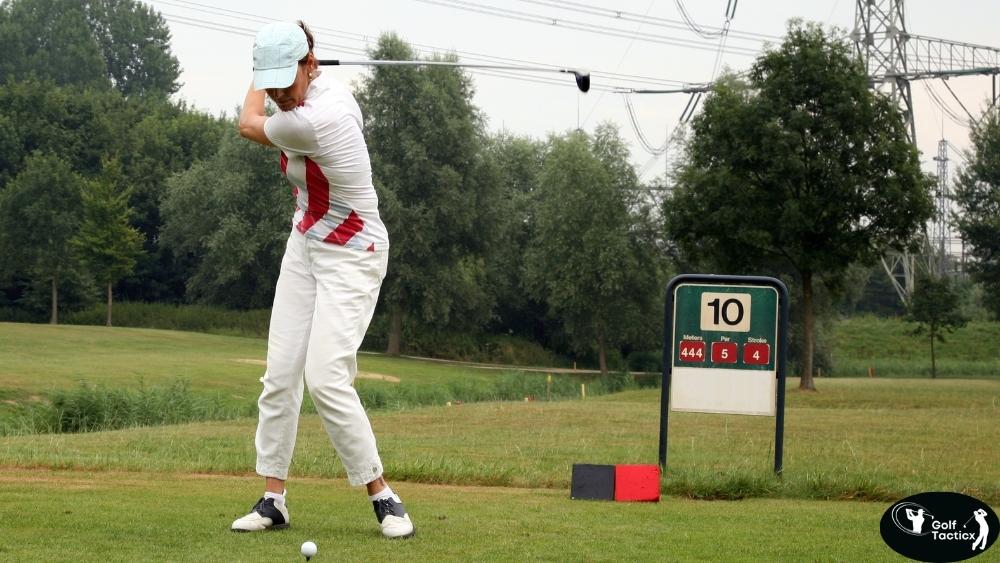In our previous posts, we’ve discussed how to develop an effective practice routine, enhance your driving range sessions, track and analyze your golf statistics, and identify your biggest weaknesses on the course. Now, let’s focus on simulating on-course pressure during your practice sessions. Learning to handle pressure is essential for performing well in actual rounds.
Simulating On-Course Pressure During Practice helps you play better when it really counts. By adding real-game stress to your training, you prepare your mind and body for tournament situations. Simulating On-Course Pressure During Practice builds confidence, focus, and consistency. This simple method can take your game to the next level without stepping onto the course.
Why Simulating Pressure Is Important
Golf is as much a mental game as it is a physical one. The ability to perform under pressure can make the difference between a good round and a great one. By incorporating pressure simulations into your practice, you can train your mind to stay focused and composed during critical moments on the course.
Effective Drills to Simulate Pressure
Here are some practical drills to help you practice under pressure:
The Ladder Drill
This drill helps improve your putting under pressure.
Setup: Place tees or markers every foot from 1 to 10 feet on a flat part of the green.
Execution: Start at the 1-foot marker and attempt to make the putt. If successful, move to the next marker. If you miss, start over from the beginning.
Objective: Complete the entire ladder without missing to build confidence and pressure-handling skills.
This drill is effective in simulating the pressure of making consecutive putts during a round.
Pressure Cooker Short Game Practice
This drill focuses on chipping and pitching under pressure.
Scenario: Imagine you have three holes left in a career-low round. You miss the green on each of the three holes.
Execution: Place a ball in each of the three locations and putt out:
20-yard chip shot out of rough
15-yard bunker shot
25-yard bump and run shot
Objective: Can you get it down in a total of 8 shots to shoot a career-low?
This drill helps simulate the pressure of closing out a round and performing under stress.
Simulated Round Practice
Mimic the conditions of a real round during your practice.
Execution: Instead of hitting 100 shots in a row with a 7-iron, spend the last part of your practice session “playing golf.” Imagine specific situations, such as a tee shot on the 18th hole with a one-shot lead.
Objective: This approach helps you adapt to challenges and think clearly in difficult situations, making your practice more game-like.
The Tension Challenge
This drill helps you manage physical tension during your swing.
Execution
- Stand in your address position with all muscles relaxed.
- Gradually tense all muscles from your toes to your eyebrows, reaching maximum tension.
- Then, slowly relax all muscles back to the relaxed state.
- Repeat this cycle three times.
- Before hitting a shot, ensure you are in a relaxed state (a 1 or 2 on the tension scale).
Objective
This drill trains you to recognize and control physical tension, helping you maintain a relaxed and effective swing under pressure.
Incorporating Pressure Simulations into Your Practice Routine
To effectively integrate these drills into your practice:
Set Specific Goals: Define clear objectives for each drill, such as completing the ladder drill without missing or successfully executing the pressure cooker short game practice.
Create Realistic Scenarios: Use your imagination to simulate on-course situations, including the pressure of a tournament or the excitement of a personal best.
Maintain Consistency: Regularly include pressure simulations in your practice sessions to build mental resilience and improve performance under stress.
Conclusion
Simulating on-course pressure during practice helps beginners play better in real games. It trains the mind to stay calm and focused under stress. By copying real golf situations, you gain more control and confidence. This simple guide makes it easier to improve step by step with a real-game feel.
Remember, simulating on-course pressure during practice is a powerful tool for mental preparation. By incorporating these drills into your routine, you can build confidence and improve your ability to perform under pressure.
In the next post, we will dive into essential tips on how to prepare for your first golf tournament, covering everything from mental strategies to practical advice.
















Leave a Reply